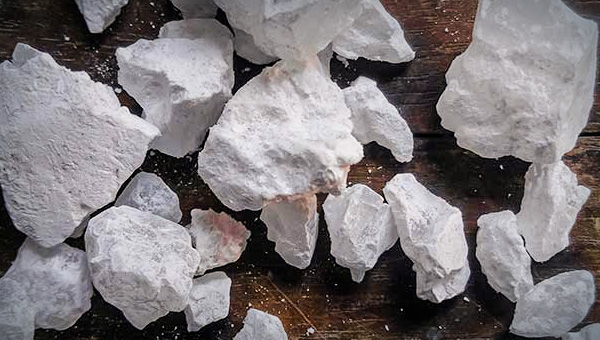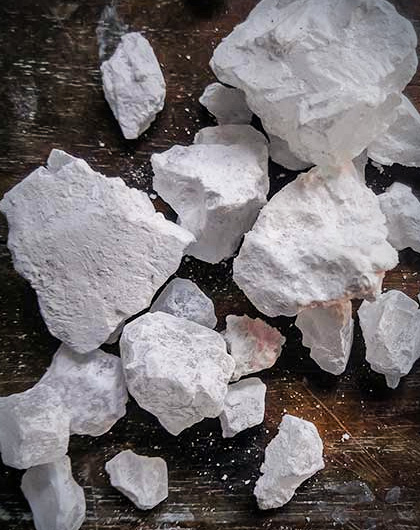
Borax. It's been a trusted household cleaner for generations, used for everything from laundry to scrubbing grime. But can borax kill mold? The answer is yes-but with limitations. Let's dive into how borax works on mold, where it's most effective, and whether it's the right choice for your mold problem.
Borax, also known as sodium borate, is a naturally occurring mineral with alkaline properties. Mold, like many fungi, thrives in slightly acidic environments, so borax disrupts mold growth by raising the pH. Additionally, borax has antifungal properties that can help inhibit mold growth over time. However, like other DIY mold solutions, borax works best on the surface and may not be able to tackle deeply ingrained mold.
Borax is effective for cleaning many common types of surface mold, especially in damp areas like bathrooms or kitchens. However, for more aggressive types like black mold or mold growing in porous materials, borax alone isn't enough. In such cases, the mold may return if the underlying moisture problem isn't addressed. Professional help is often required for severe or widespread mold issues.

Borax works well on non-porous surfaces where mold grows on top and can be easily scrubbed away. It's particularly effective on:
Borax, however, doesn't work as well on porous materials like drywall, wood, or fabric, where mold can grow deep within the material. Like bleach or vinegar, borax won't penetrate deep enough to remove mold from porous surfaces. In these cases, professional mold remediation may be needed to fully eliminate the problem.
While borax is a natural mineral, that doesn't mean it's entirely harmless. According to the Environmental Working Group (EWG), borax can be irritating to the skin, eyes, and respiratory system if inhaled. If ingested, borax can be toxic, especially to children and pets, so it's crucial to use it with caution. More about borax safety can be found on the NIH's MedlinePlus page about borax poisoning.
Additionally, when cleaning mold, it's important to remember that scrubbing can release mold spores into the air. These spores can trigger allergies, asthma, or other respiratory issues in sensitive individuals. The American Lung Association explains that mold spores can be harmful when inhaled, especially during cleaning. Learn more about mold's health effects on their mold and health page.
Cleaning mold with borax, like any scrubbing process, can release mold spores into the air. Once airborne, these spores can settle in other areas of your home, leading to new mold growth. Mold spores are particularly dangerous when they get into your HVAC system, where they can be circulated throughout your home, spreading the problem further.
According to the Environmental Protection Agency (EPA), improperly handled mold cleanup can worsen the infestation and lead to greater contamination in your home. You can find more details on the EPA's mold cleanup guide.
Borax can be an effective preventive measure for small, surface-level mold issues, but it's not a long-term solution for deeper, persistent problems. It can help inhibit the regrowth of mold when applied as a residue after cleaning, but unless the moisture source is addressed, mold will eventually return. Borax works as a temporary solution or as part of regular maintenance but isn't a complete fix for mold that keeps coming back.
Borax is a helpful, eco-friendly tool for minor mold issues, especially on non-porous surfaces. However, it's not powerful enough to handle severe or deep-rooted mold problems. If your mold problem persists or keeps returning, it's time to bring in the experts at FDP Mold Remediation, who can offer a thorough, professional solution that addresses both the mold and the underlying moisture issue.
Read more on pros and cons of DIY mold removal methods in our recent series:



